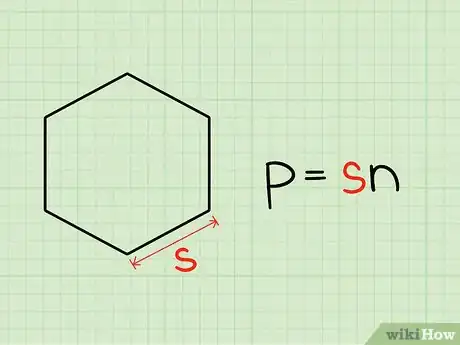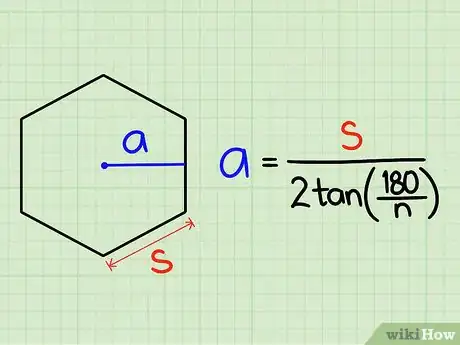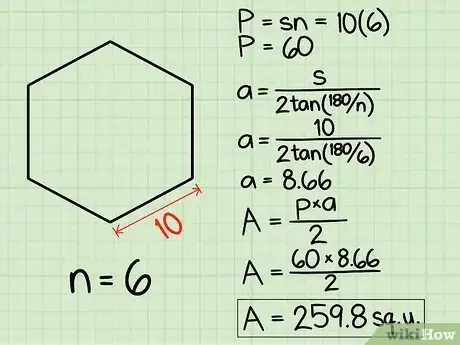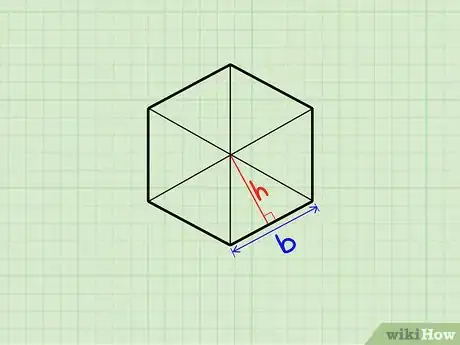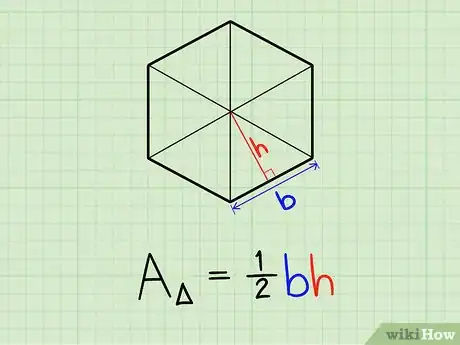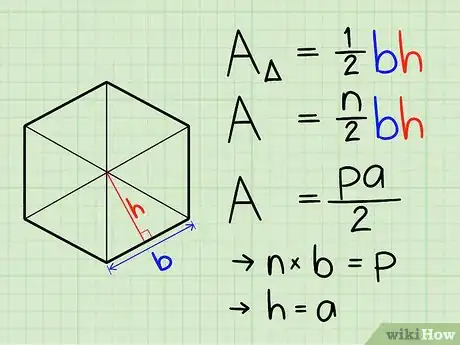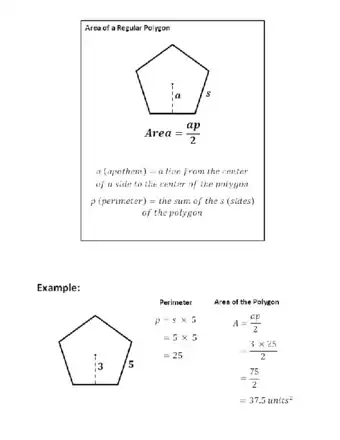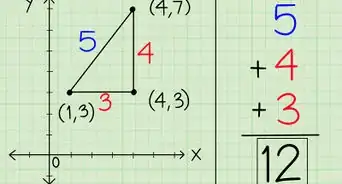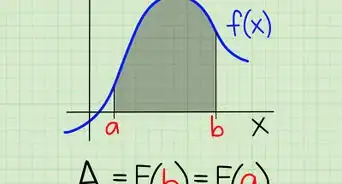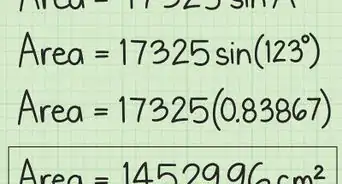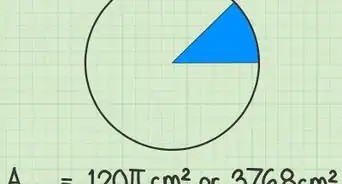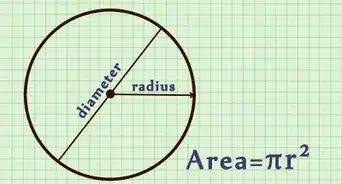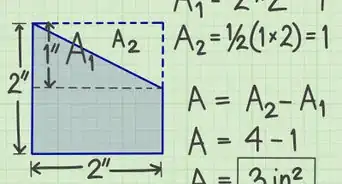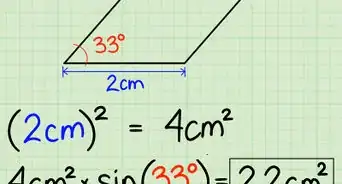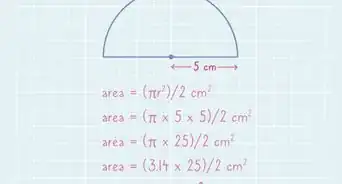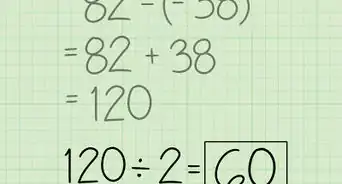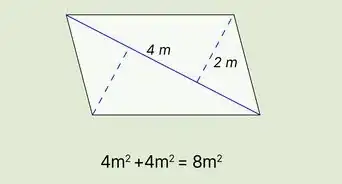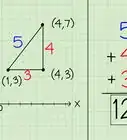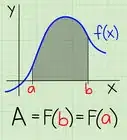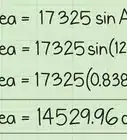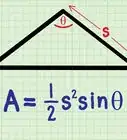This article was co-authored by David Jia. David Jia is an Academic Tutor and the Founder of LA Math Tutoring, a private tutoring company based in Los Angeles, California. With over 10 years of teaching experience, David works with students of all ages and grades in various subjects, as well as college admissions counseling and test preparation for the SAT, ACT, ISEE, and more. After attaining a perfect 800 math score and a 690 English score on the SAT, David was awarded the Dickinson Scholarship from the University of Miami, where he graduated with a Bachelor’s degree in Business Administration. Additionally, David has worked as an instructor for online videos for textbook companies such as Larson Texts, Big Ideas Learning, and Big Ideas Math.
There are 7 references cited in this article, which can be found at the bottom of the page.
This article has been viewed 789,529 times.
A regular polygon is a 2-dimensional convex figure with congruent sides and angles equal in measure.[1] Many polygons, such as quadrilaterals or triangles have simple formulas for finding their areas, but if you're working with a polygon that has more than four sides, then your best bet may be to use a formula that uses the shape's apothem[2] and perimeter. With a little bit of effort, you can find the area of regular polygons in just a few minutes.
Steps
Calculating the Area
-
1Calculate the perimeter. The perimeter is the combined length of the outline of any two-dimensional figure. For a regular polygon, it can be calculated by multiplying the length of one side by the number of sides (n).[3]
-
2Determine the apothem. The apothem of a regular polygon is the shortest distance from the center point to one of the sides, creating a right angle. This is a little trickier to calculate than the perimeter.[4]
- The formula for calculating the length of the apothem is this: the length of the side (s) divided by 2 times the tangent (tan) of 180 degrees divided by the number of sides (n).
Advertisement -
3Know the correct formula. The area of any regular polygon is given by the formula: Area = (a x p)/2, where a is the length of the apothem and p is the perimeter of the polygon.
-
4Plug the values of a and p in the formula and get the area. As an example, let's use a hexagon (6 sides) with a side (s) length of 10.[5]
- The perimeter is 6 x 10 (n x s), equal to 60 (so p = 60).
- The apothem is calculated by its own formula, by plugging in 6 and 10 for n and s. The result of 2tan(180/6) is 1.1547, and then 10 divided by 1.1547 is equal to 8.66.
- The area of the polygon is Area = a x p / 2, or 8.66 multiplied by 60 divided by 2. The solution is an area of 259.8 units.
- Note as well, there are no parenthesis in the "Area" equation, so 8.66 divided by 2 multiplied by 60, will give you the same result, just as 60 divided by 2 multiplied by 8.66 will give you the same result.
Understanding the Concepts in a Different Way
-
1Understand that a regular polygon can be thought of as a collection of triangles. Each side represents the base of a triangle, and there are as many triangles in the polygon as there are sides. Each of the triangles are equal in base length, height, and area.[6]
-
2Remember the formula for the area of a triangle. The area of any triangle is 1/2 times the length of the base (which, in the polygon, is the length of a side) multiplied by the height (which is the same as the apothem in regular polygon).[7]
-
3See the similarities. Again, the formula for a regular polygon is 1/2 times the apothem multiplied by the perimeter. The perimeter is just the length of one side multiplied the by the number of sides (n); for a regular polygon, n also represents the number of triangles that make up the figure. The formula, then, is nothing more than the area of a triangle multiplied by the number of triangles in the polygon.[8]
Community Q&A
-
QuestionHow do I find the perimeter of a regular polygon with one side being 5-2x and another being -4x+9?
 Community AnswerSince a regular polygon has congruent sides (every side is equal to each other) you set up the equation 5-2x = -4x+9 then you solve for "x". After solving for "x", you substitute the answer you got from "x" back into the one of the expressions from one of the sides. You should get the answer of how many units one of the sides is. After that, just multiply that answer by how many sides the polygon has to get your perimeter.
Community AnswerSince a regular polygon has congruent sides (every side is equal to each other) you set up the equation 5-2x = -4x+9 then you solve for "x". After solving for "x", you substitute the answer you got from "x" back into the one of the expressions from one of the sides. You should get the answer of how many units one of the sides is. After that, just multiply that answer by how many sides the polygon has to get your perimeter. -
QuestionHow do I find the perimeter of a nonagon with area of 28.8 and side length of 21?
 Community AnswerThe perimeter equals the side length times the number of sides. In this case, multiply 21 by 9 and you will get a perimeter of 189.
Community AnswerThe perimeter equals the side length times the number of sides. In this case, multiply 21 by 9 and you will get a perimeter of 189. -
QuestionWhat is the area of a polygon with sides of 12m, 11m, 3m, and 3m?
 Community AnswerSince the given measurements of the sides best represents a trapezoid, you use the area of a trapezoid equation A=h*((b1+b2)*0.5) where A is the area, h is the height of the trapezoid, and where b1 is the top base and b2 is the bottom base. To find the height, you subtract b2 by b1, then divide it, then substitute that answer into "a" of the Pythagorean theorem a^2+b^2=c^2, where "c" equals the length of the side of your trapezoid which in this case is 3m. You solve for b in that equation to get your height. Once you got the measurement of the height of the trapezoid, you use the area of a trapezoid equation and substitute your answers in it to get your area.
Community AnswerSince the given measurements of the sides best represents a trapezoid, you use the area of a trapezoid equation A=h*((b1+b2)*0.5) where A is the area, h is the height of the trapezoid, and where b1 is the top base and b2 is the bottom base. To find the height, you subtract b2 by b1, then divide it, then substitute that answer into "a" of the Pythagorean theorem a^2+b^2=c^2, where "c" equals the length of the side of your trapezoid which in this case is 3m. You solve for b in that equation to get your height. Once you got the measurement of the height of the trapezoid, you use the area of a trapezoid equation and substitute your answers in it to get your area.
References
- ↑ http://mathworld.wolfram.com/RegularPolygon.html
- ↑ http://mathworld.wolfram.com/Apothem.html
- ↑ http://www.mathplanet.com/education/pre-algebra/inequalities-and-one-step-equations/calculating-the-area-and-the-perimeter
- ↑ https://www.cuemath.com/geometry/apothem/
- ↑ https://www.cuemath.com/measurement/area-of-a-hexagon/
- ↑ http://www.mathsisfun.com/geometry/regular-polygons.html
- ↑ https://www.cuemath.com/measurement/area-of-triangle/
- ↑ http://www.mathsisfun.com/geometry/regular-polygons.html
About This Article
To find the area of regular polygons, use the formula: area = (ap)/2, where a is the apothem and p is the perimeter. To find the apothem, divide the length of one side by 2 times the tangent of 180 degrees divided by the number of sides. To find the perimeter, multiply the length of one side by the total number of sides. Once you've found the apothem and the perimeter, plug them into the formula for area and solve. If you want to learn more about how finding the apothem works for calculating the area, keep reading the article!
